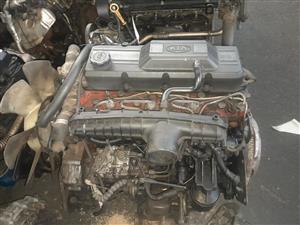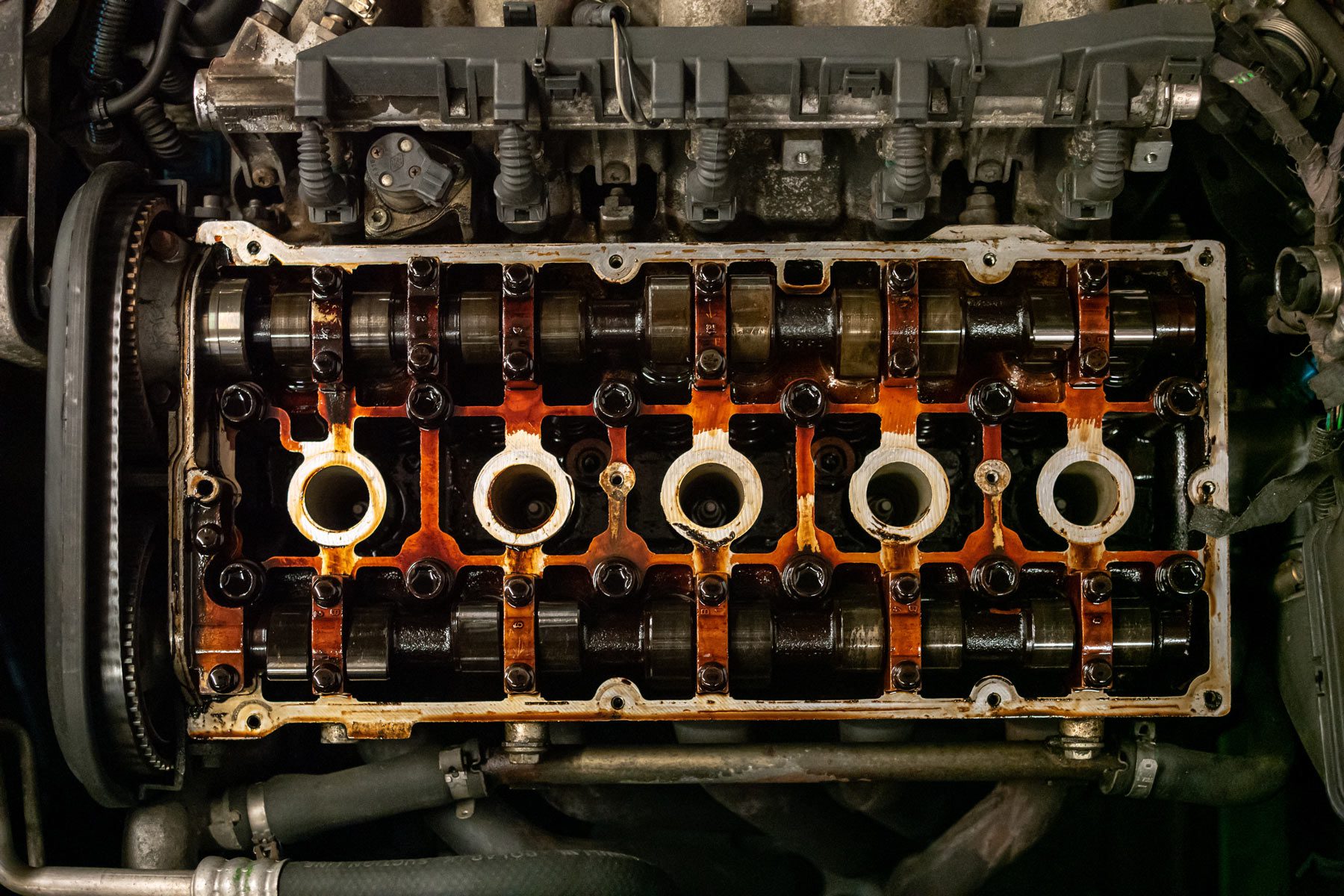Opel Corsa Engine: Everything You Need to Know Before Acquiring
Opel Corsa Engine: Everything You Need to Know Before Acquiring
Blog Article
Exploring the Inner Functions of a Compact Lorry's Engine System
As motorists, we usually take for approved the complex processes that happen within the boundaries of our vehicle's engine system. In this expedition of a portable automobile's engine system, we will unravel the internal functions of this mechanical symphony, dropping light on the enigmas that drive us forward on our everyday trips.
Combustion Process Introduction
The combustion process in a small lorry's engine system is an essential mechanism that effectively transforms fuel into power to power the lorry. This process occurs within the combustion chamber of the engine, where gas and air mix, spark, and generate controlled explosions. The combustion process is composed of 4 primary phases: intake, power, compression, and exhaust.
Throughout the intake phase, the piston moves downward, attracting a mix of air and fuel right into the combustion chamber. The following phase, compression, includes the piston relocating up, compressing the air-fuel blend to increase its strength. Subsequently, in the power stage, the ignition system sparks the pressed mix, resulting in a quick expansion of gases that requires the piston back down. This down activity generates the power required to drive the lorry. In the exhaust stage, the scorched gases are removed from the burning chamber through the exhaust valve, preparing the chamber for the following cycle. This cyclic burning process is basic to the procedure of a small vehicle's engine system, making certain efficient energy conversion for propulsion.
Piston and Cylinder Interaction

The piston's specific fit within the cyndrical tube is essential for maintaining optimal compression and avoiding energy loss during combustion. Tight clearances between the piston and cylinder walls guarantee effective sealing, allowing the piston to move efficiently without allowing gases to leak past. Proper lubrication is likewise important to decrease friction and wear between these components, boosting long life and efficiency.
Additionally, the style and materials used in making the piston and cylinder influence engine performance and toughness. Modern engines often employ light-weight yet durable products like aluminum alloys for pistons and cyndrical tube linings to decrease inertia and improve thermal performance. Generally, the harmonious interaction in between the piston and cylinder is basic to the engine's performance and overall efficiency.
Fuel Injection System Capability
Gas shot systems in small lorry engines play a vital role in specifically providing gas to the combustion chamber for regulated and efficient ignition. The gas injection system operates by injecting gas right into the combustion chamber at the optimum moment throughout the engine's operation (opel corsa engine). This specific timing makes sure that the fuel mixes equally with the air for appropriate combustion, causing improved gas efficiency and decreased exhausts
There are mainly 2 sorts of gas injection systems utilized in portable car engines: port gas shot (PFI) and direct fuel shot (DFI) PFI systems inject gas right into the intake port prior to click over here now the consumption valve, while DFI systems inject gas straight into the burning chamber. Both systems have their benefits, with DFI offering much better gas atomization and PFI providing a much more cost-efficient service.
Recognizing Engine Cooling Systems
Reliable procedure of a compact car's engine depends greatly on the effectiveness of its cooling mechanisms. Engine cooling is necessary to avoid getting too hot, which can bring about serious damage and reduced performance. The air conditioning system in a portable lorry usually contains several components collaborating to control the engine temperature. One critical component is the radiator, which uses coolant to absorb warm from the engine. As the warm coolant streams with the radiator, it launches warmth right into the air, cooling prior to returning to the engine. The water pump flows the coolant via the engine and radiator, guaranteeing a constant flow to control temperature level. Furthermore, the thermostat assists from this source regulate the coolant circulation to keep optimum engine temperature level. Some automobiles likewise have cooling down fans that activate when extra cooling is needed, such as during heavy website traffic or heat. Recognizing these engine air conditioning systems is important for preserving the efficiency and long life of a compact vehicle's engine system.

Exhaust System Components Explained
The optimal performance of a small car's engine air conditioning systems depends on a corresponding system called the exhaust system, which comprises numerous important parts for making sure effective exhausts and engine performance. The exhaust system consists of elements such as the exhaust manifold, catalytic converter, muffler, and tailpipe. The exhaust manifold collects exhaust gases from the engine's routes and cyndrical tubes them to the catalytic converter. The catalytic converter then transforms damaging pollutants in the exhaust into much less damaging exhausts before releasing them through the muffler and discover this info here tailpipe.
One crucial element of the exhaust system is the oxygen sensing unit, which monitors the oxygen levels in the exhaust gases to aid regulate fuel intake and make sure optimum engine performance. opel corsa engine. Additionally, the resonator may be existing in some exhaust systems to reduce noise levels. Generally, the exhaust system plays an essential function in maintaining engine efficiency, minimizing harmful emissions, and making sure a quieter driving experience for portable lorry proprietors

Verdict
Finally, the compact car's engine system is an intricate mix of elements that function with each other to help with the burning procedure, transform gas right into power, and expel waste gases. Understanding the inner functions of the engine system, consisting of the piston and cyndrical tube communication, gas injection system, engine cooling mechanisms, and exhaust system components, is important for preserving ideal efficiency and effectiveness of the vehicle.
The combustion process in a compact vehicle's engine system is an important system that successfully converts fuel into energy to power the car.Fuel injection systems in compact vehicle engines play a crucial role in precisely delivering gas to the burning chamber for regulated and effective ignition.There are mainly two types of gas shot systems utilized in small car engines: port fuel injection (PFI) and straight gas injection (DFI) Comprehending these engine cooling devices is essential for keeping the performance and longevity of a compact vehicle's engine system.
The optimum performance of a small vehicle's engine air conditioning systems depends on a complementary system recognized as the exhaust system, which makes up various vital elements for guaranteeing efficient exhausts and engine performance.
Report this page